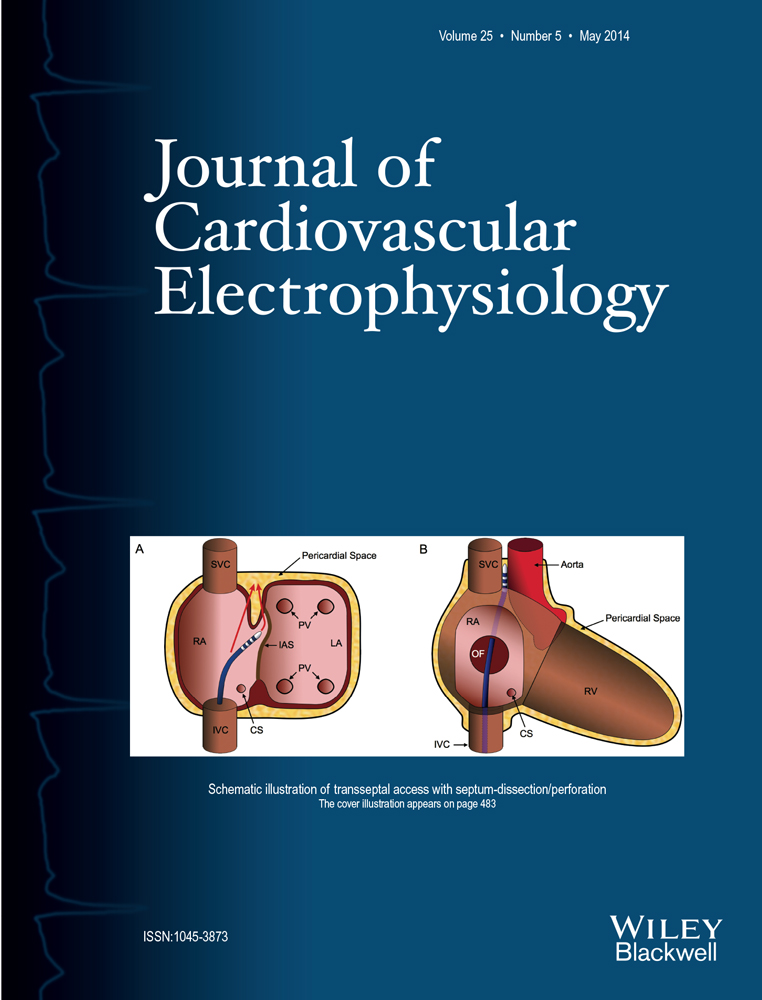Gain-of-Function KCNH2 Mutations in Patients with Brugada Syndrome
This study was supported, in part by, a Grant-in-Aid for Scientific Research from the Japan Society for the Promotion of Science (KAKENHI) (to S.O. and M.H.) and by a Translational Research grant from the Japanese Circulation Society (to M.H.).
Novel KCNH2 Mutations in Brugada Syndrome
Background
Brugada syndrome (BrS) is an inherited disease characterized by right precordial ST segment elevation on electrocardiograms (ECGs) that predisposes patients to sudden cardiac death as a result of polymorphic ventricular tachyarrhythmia or ventricular fibrillation (VF). In BrS patients, except for SCN5A, mutations in other responsible genes are poorly elucidated.
Methods and Results
We identified 4 KCNH2 mutations, T152I, R164C, W927G, and R1135H, in 236 consecutive probands with BrS or Brugada-like ECG. Three of these mutation carriers showed QTc intervals shorter than 360 milliseconds and 1 experienced VF. We performed patch-clamp analyses on IKr reconstituted with the KCNH2 mutations in Chinese hamster ovary cells and compared the phenotypes of the patients with different genotypes. Three mutations, R164C, W927G, and R1135H, increased IKr densities. Three mutations, T152I, R164C, and W927G, caused a negative shift in voltage-dependent activation curves. Only the R1135H mutant channel prolonged the deactivation time constants. We also identified 20 SCN5A and 5 CACNA1C mutation carriers in our cohort. Comparison of probands’ phenotypes with 3 different genotypes revealed that KCNH2 mutation carriers showed shorter QTc intervals and SCN5A mutation carriers had longer QRS durations.
Conclusions
All KCNH2 mutations that we identified in probands with BrS exerted gain-of-function effects on IKr channels, which may partially explain the ECG findings in our patients.




